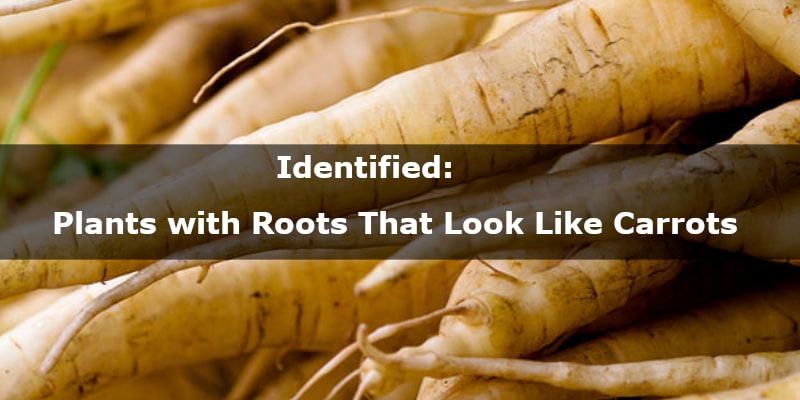Weeds are common and can be removed, but they become a hassle when they cannot be identified. One common problem associated with identifying weeds is looking for them in the carrot bed.
Here are six plants/weeds that look like carrots but can have deadly effects.
If you think you encountered a carrot plant in the community garden, you have probably come across water hemlock, aka poisonous hemlock.
The leaves and roots of the hemlock plant look like carrot plants. However, even the slightest interaction with any part of this plant can be deadly. When in full bloom, hemlock can grow as tall as 8 feet. Besides, hemlock is found in large clumps.
1. Water Hemlock
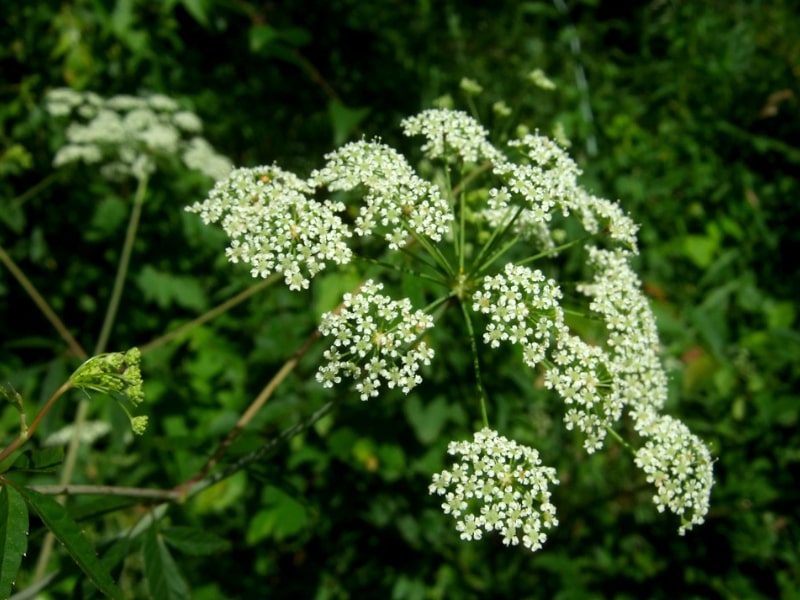
The first step in identifying water hemlock is to examine the stem of the plant closely. The stems of this plant have reddish-purple spotting.
Whereas the roots of carrot plants are orange, the roots of hemlock are muddy white, or yellowish. The leaves might look like carrot plants at first glance, but if you notice carefully, hemlock leaves are smooth and shiny.
It is highly poisonous for humans as well as animals. If you happen to identify a hemlock, don’t touch it, as it might cause a skin infection. So, make sure you wear gloves and a mask.
If you encounter a larger infestation, you should use a weed killer. Though you can use a 2,4-D triclopyr weed killer, it is only effective if applied at earlier stages of growth. You can get Southern Ag weed killer to kill weeds (buy it here), but make sure not to get it on neighboring plants as it might damage them.
2. Yarrow
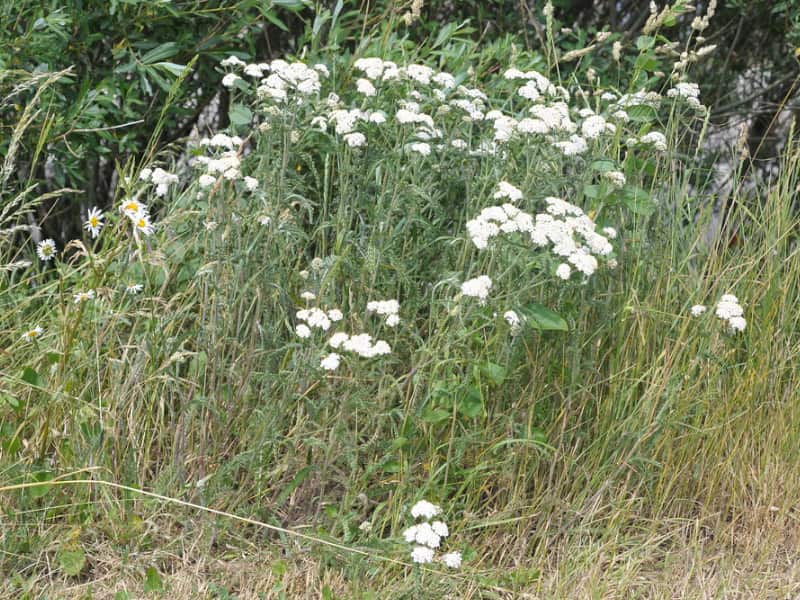
Yarrow is yet another plant commonly found among the weeds that can be mistaken for carrots. At first glance, you might think it’s a carrot.
However, a second of keen observation can help you determine it isn’t a carrot plant. Yarrow plants are narrow and can grow as long as 6 feet. It is found in sunny or mild shady areas.
Yarrow is widely used for medicinal purposes, such as healing wounds, bacterial infections, menstrual problems, digestive ailments, etc. Its leaves are also ground into spices used in salads, soups, etc.
The key point that helps differentiate between the yarrow plant and the carrot plant is the structure of the leaves. Though both have fern-like leaves, the division of leaves is the main difference between these two.
The leaves of carrot plants are broadly divided. However, the yarrow grows in a narrow pattern, and its leaves look like feathers.
The stem divides and subdivides into smaller branches in the carrot plant, and each tip has one flower. However, in the yarrow plant, flowers are distributed at different spots of a single emerging stem.
3. Angelica
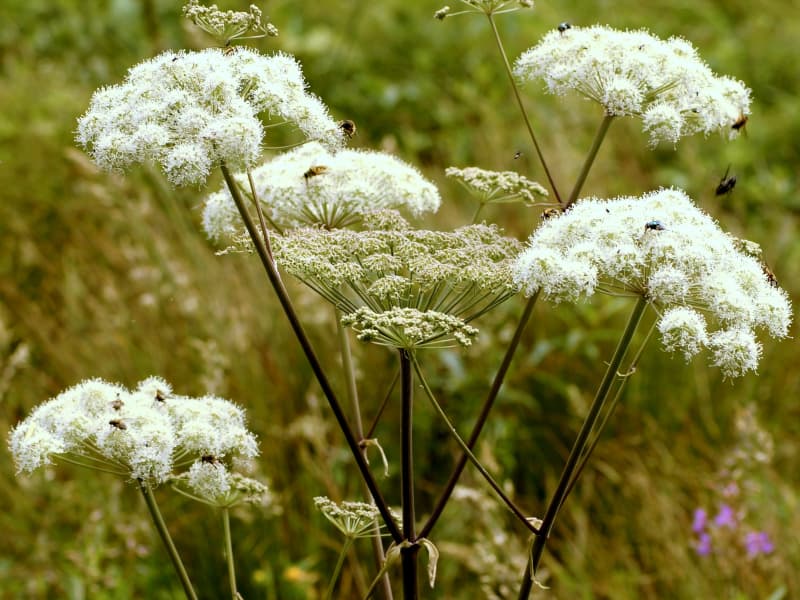
Another weed that is commonly found in the carrot beds and might be confused with carrots is angelica. It is short-lived and belongs to the carrot family.
It is known for its musky odor and can easily be identified by its sweet aromatic taste. Angelica can be used for medicinal purposes as well as in food for garnishing.
Though it might look like a carrot plant at first glance, if you observe, the leaves of angelica are triangular shaped. However, the roots are quite similar to carrot plant roots, except for a fleshy purple hue.
The length of the angelica plant is also taller than the carrot plants. Besides carrots, angelica also resembles some poisonous plants, such as Conium maculatum (water hemlock), so be careful while looking for angelica.
4. Swinecress
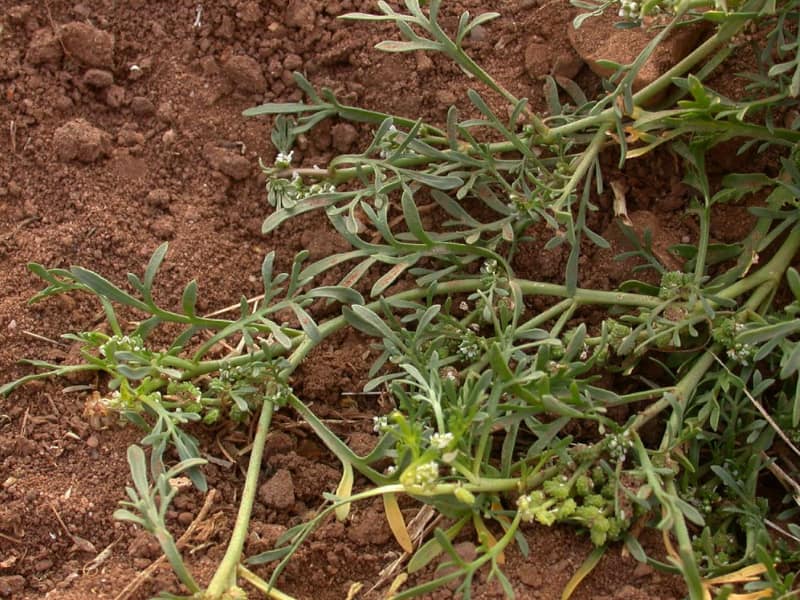
Swinecress belongs to the mustard family and is commonly confused with carrot plants. The main reason behind the confusion is the leaves. The deep green color and structure of swinecress leaves resemble carrot leaves.
It can grow as tall as two feet. However, controlling the spread of this weed is a hassle for gardeners. It is commonly found in gardens. Also, pollination for this plant mainly occurs through winds and animals, which makes its growth prevalent.
Two characteristic features make it easier to distinguish swinecress from the carrot plant,
- Green ball flowers
- Skunky smell
The only way to get rid of the widely established network of swinecress before it grows is to remove the weed at first sight. When removing, make sure you remove the plant along with the roots to prevent regrowth.
5. Queen Anne’s Lace (Wild Carrot)
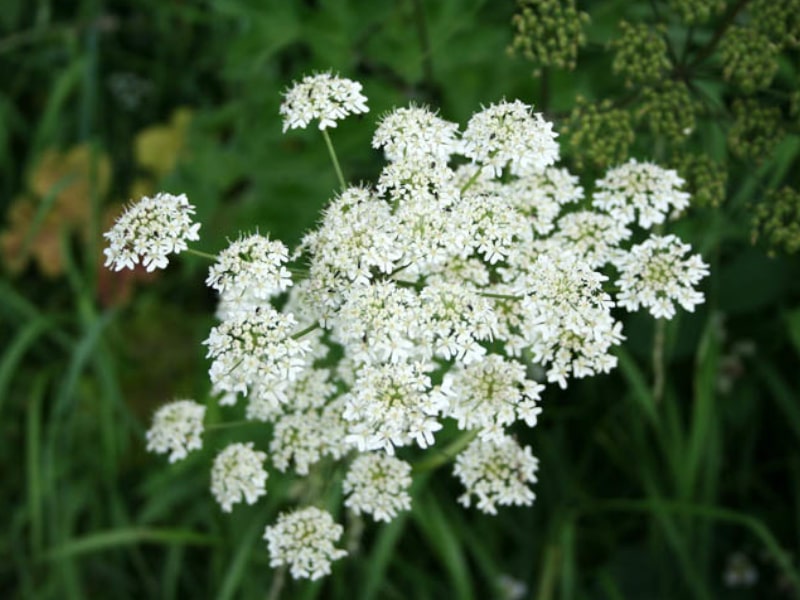
It is one of those plants that looks like a carrot plant and is actually a carrot plant. It is one of the ancestors of the edible carrot and is known as the wild carrot. Though most people think it’s a flowering herb, it can also be eaten.
The seeds of this plant can be used in soups, stews, and flavored teas. The roost and leaves are also edible, but only in the earlier stages of growth. They resemble poisonous hemlock, so be careful. Besides, some studies show they are harmful to pregnant women.
The key factor for identifying Queen Anne’s lace is its flowers. It has beautiful white lacy flowers, which is why it is used for decorative purposes. It has fern-like leaves that smell like parsley. The stem is short and has white hairs on it. Roots are also hairy and smell like carrots. Besides, it can grow as tall as 4 feet.
Though wild carrots have many benefits, they can have harmful effects if growth is not checked. You can remove it manually. However, if you are having problems controlling its regrowth, it is advised to use a herbicide. With Spectracide glyphosate, you can get rid of the toughest weeds. (buy it here on Amazon)
6. Wild Celery
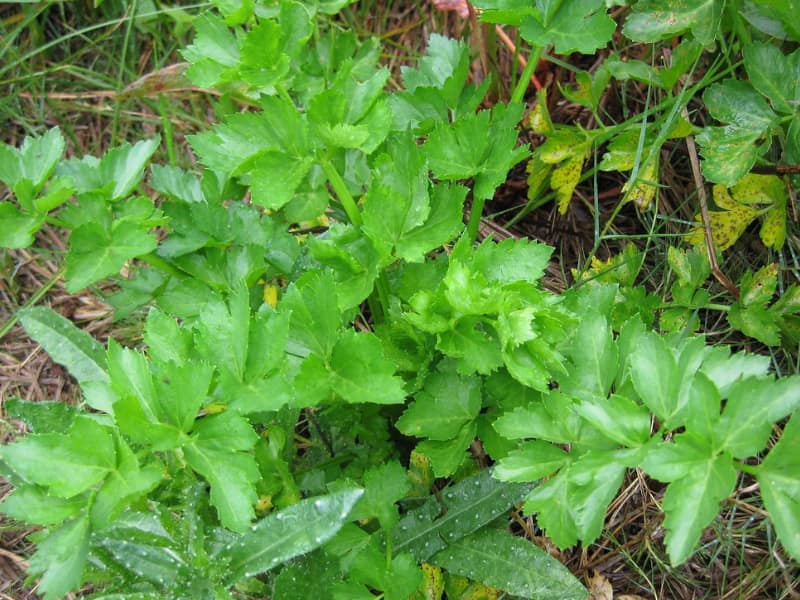
This plant is commonly found in gardens and belongs to the parsley family. The structure of leaves and thin white roots of wild celery resembles the carrot plant.
It grows annually and can reach up to the height of 2 feet. Though it doesn’t pose any severe threat to humans, it can negatively affect the plants around it.
The root system of wild celery is deep and broad, which means it absorbs excessive nutrients and water. Consequently, the plants growing near wild celery face nutrient deficiency.
They also carry plant diseases that can be effortlessly transferred to other nearby plants. So, if you identify any traces of wild celery in the garden or your carrot bread, remove the plant immediately.
References
newlifeonahomestead.com, gardeningetc.com, homeguides.sfgate.com, plants.ces.ncsu.edu, dengarden.com, usga.org, fourseasonforaging.com, livescience.com, kingcountyweeds.com, davesgarden.com,

